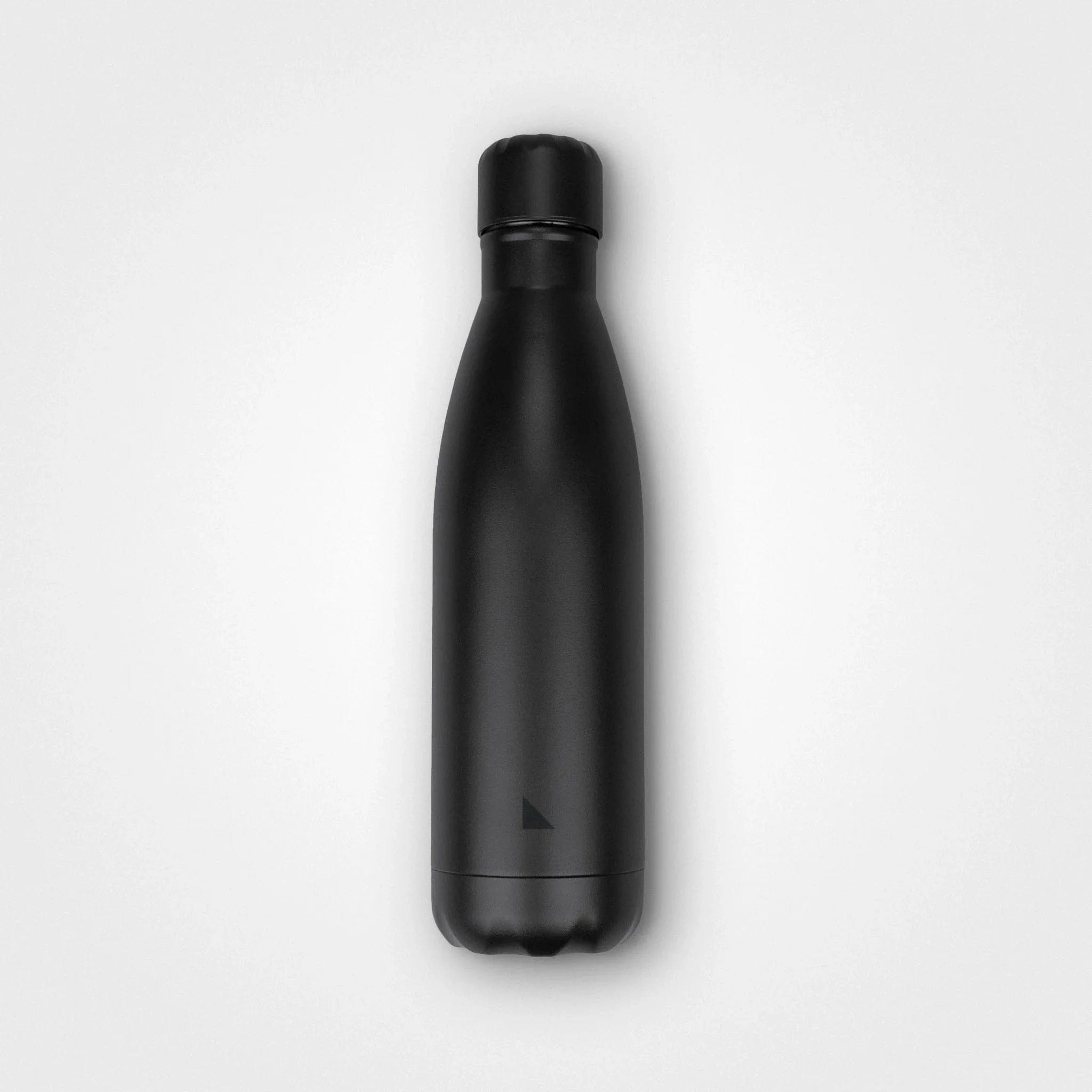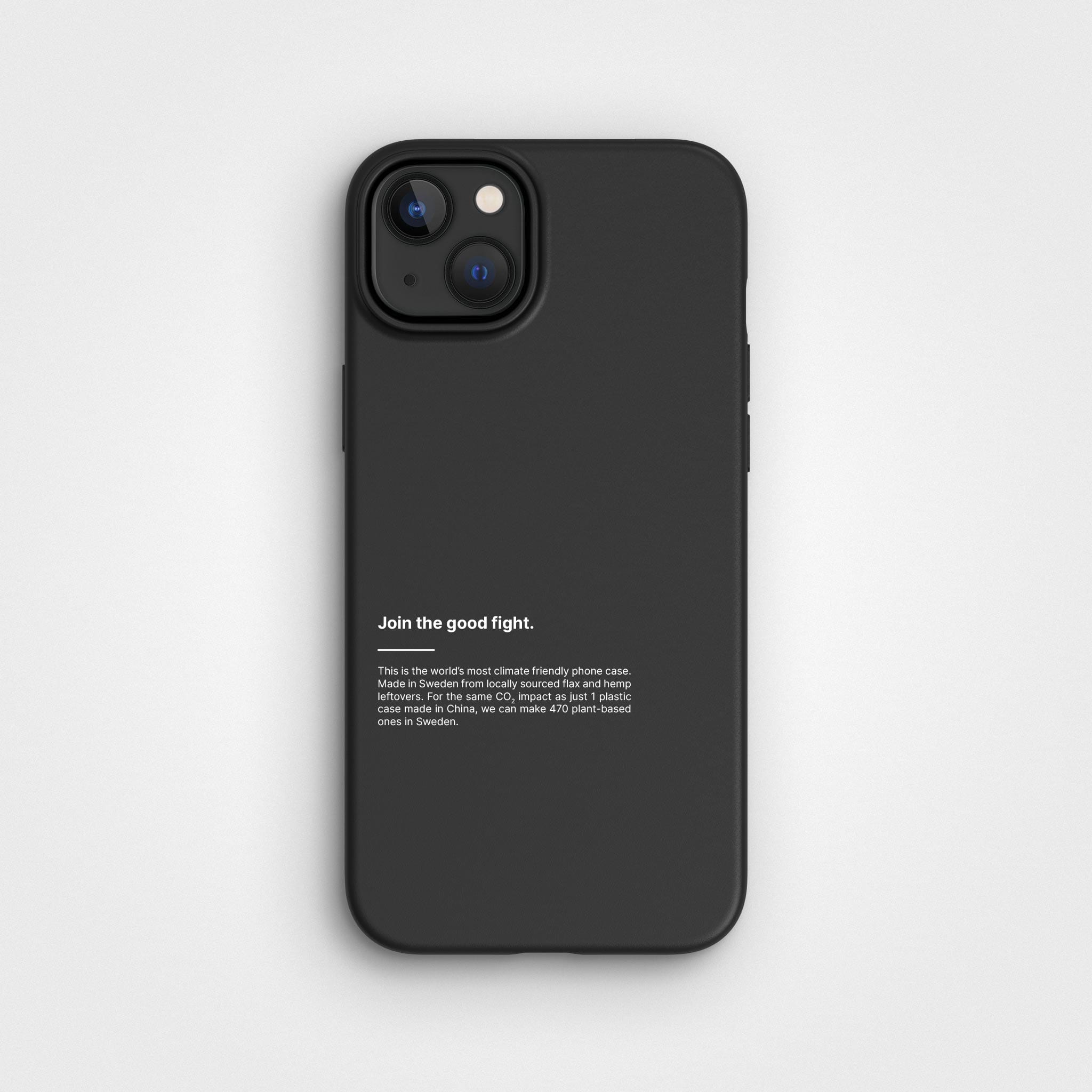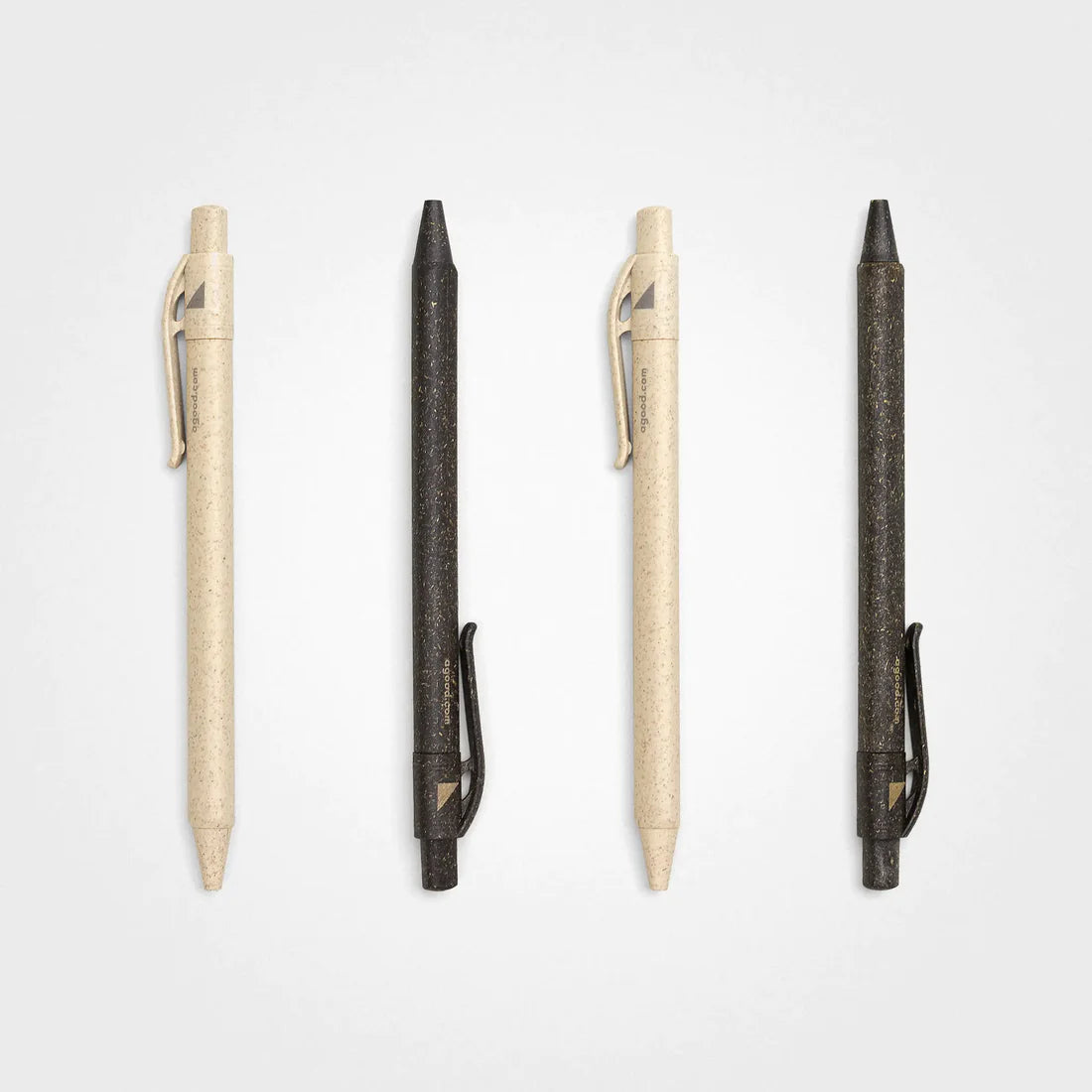Linear vs Circular Economy
In the world of sustainability, two big words you might hear a lot are "linear economy" and "circular economy." They represent different approaches to how we use resources and manage waste. In this blog post, we're going to take a stroll through both worlds to see what they're all about. By the end, you'll know why it is important to choose the circular path for a better, greener tomorrow.
Quick Links
-
What is a linear economy?
-
The circular economy - a different approach
-
Key differences between linear and circular economy
-
Why choose a circular economy?
-
How agood loop™ gives products a second life
What is a linear economy?
Imagine a straight line. In a linear economy, resources are extracted, used to make products, and then disposed of after their "useful" life. It's a one-way street from production to consumption to waste. This is the traditional model that most societies have followed for centuries.
In the linear economy, the process is straightforward but not sustainable. It all starts with extraction of raw materials like minerals, metals, and fossil fuels from the earth. These materials then go through the production phase, where they're turned into the products we use every day through various manufacturing processes. Once these products hit the shelves, consumers purchase and use them.
The downside(s) of linear economy
However, here's where the problem arises: after a relatively short period, these products reach the end of their life cycle. At this point, they're treated as waste, often ending up in landfills. This "take-make-dispose" approach might seem convenient, but it comes at a significant cost to the environment. The linear economy operates with little concern for resource sustainability or the environmental impact of this constant extraction and disposal cycle. It's a model that prioritises short-term convenience over long-term ecological health.

How fast fashion reflects the linear economy
For example, fast fashion is a prime example of the linear economy's "take-make-dispose" approach. Fast fashion relies heavily on the extraction of raw materials, such as cotton, synthetic fibres, and petroleum-based products, to produce clothing and accessories. These raw materials are quickly transformed into trendy, inexpensive clothing items through rapid and often low-cost manufacturing processes.
Fast fashion brands prioritise speed and volume, churning out new designs at a rapid pace to keep up with ever-changing trends. Consumers are encouraged to buy more and buy often, thanks to frequent releases of new collections and affordable prices.
However, the quality of fast fashion garments tends to be lower, leading to shorter lifespans and faster turnover in wardrobes. As a result, clothing items are often disposed of after only a few wears or when they go out of style. This leads to a staggering amount of textile waste, with millions of tons of clothing ending up in landfills each year.

The circular economy - a different approach
Now, instead of thinking about a straight line, imagine a never-ending loop — a continuous cycle where resources keep going around and around, a cycle where resources are used, reused, and recycled. That's the idea behind a circular economy. Instead of throwing things away after we're done with them, we find new ways to use them again.
The goal is to cut down on waste. Instead of always making new products from scratch, we can recycle old ones or return them to nature safely once they're no longer needed. In a circular economy, everything gets reused. But it's not just about reusing things. It's also about making sure we produce things in a sustainable way and use materials responsibly.
For example, think of a smartphone designed to last longer and be easy to fix, like the Fairphone. These types of devices are built with modular components, meaning if one part breaks or becomes outdated, it can be replaced individually rather than having to replace the entire device. A great way to reduce electronic waste! Companies like Fairphone prioritise ethical sourcing of materials, ensuring that the production process minimises harm to both people and the planet.
Key differences between linear and circular economy
The key difference between a linear and circular economy revolves around how we handle resources and waste. Let's explore how these approaches impact our environment.
Resource management
According to the United Nations, the world's natural resources are being consumed at an alarming rate, with the extraction of materials nearly tripling since 1970. In a linear economy, we use things only once, like throwing away a plastic bottle after drinking from it just once. This uses up a lot of natural resources and creates a ton of waste. But in a circular economy, we try to use things for as long as we can. Instead of throwing away that plastic bottle, we can recycle it to make new bottles or other useful things. This helps us use fewer new resources and make less waste.
Even better, instead of using a plastic bottle just once and then recycling it, think about using a reusable thermal bottle. This eliminates the need for single-use plastics and also reduces the demand for new resources altogether.


Waste management
In a linear economy, when we're done with something, we usually just throw it away. Besides, a big portion of the raw materials used in manufacturing become waste before the product even reaches the consumer. This trash often ends up in big dumps or gets burned, which can harm the environment and people's health. The World Bank predicts a 70% rise in global waste generation by 2050 if current consumption and production trends persist. This means more pollution in the air, water, and soil, and it will mess up habitats and make climate change even worse.
But in a circular economy, we try to make less trash. We do this by recycling what we can, reusing things instead of tossing them out, and finding new uses for old stuff. By doing this, we can keep our environment cleaner and safer.
Why choose a circular economy?
In today's world, resources are running low and our planet's health is at risk, so it's time to consider a new way of doing things. Instead of the usual 'take, make, dispose' approach, we should all aim to reuse, recycle, and keep things in use for as long as possible. It's all about being smart with what we have.
Why support it?
Well, for starters, it's a huge help to the environment. By cutting down on waste and using resources wisely, we can make a big dent in pollution and help protect our planet. It's easier than you think. Simple things like recycling, buying products that last, and supporting companies that care about the planet can all make a huge difference. With these small changes in our daily lives, we can all be part of the solution.
Second, it helps fight climate change. If we switch to a circular economy, we could reduce greenhouse gas emissions through reduced reliance on fossil fuels, improved energy efficiency, and sustainable land management practices.

Many people also believe that transitioning to a circular economy could greatly benefit the economy. The idea is that by finding smarter ways to use resources, reduce waste, and support sustainable businesses, we can create a stronger economy for everyone.
How agood loop™ gives products a second life
When we make our products, we ask ourselves lots of questions, like what materials should we use or where should we make them. But the most important one is - What happens to our products when people are finished with them? That's where agood loop™ comes in.
So, what exactly is agood loop™? agood loop™ is all about closing the loop on how products are made and used and making sure that when you're done with something, it doesn't end up in a landfill. Instead, we want to reuse it or recycle it, so it can become something new. When you buy something from agood company, you're automatically part of the loop. When you're done with your product, you can send it back to us through our website and we'll give you a code for a discount on your next purchase as a thank you. From our plant-based phone cases to our circular fashion line made from recycled materials, and pens and pencils made with grass that minimise environmental impact through refillable designs, every product in our lineup is designed with circularity in mind. Let's close the loop on waste together!
Final thoughts
We're at a crossroads, and on one side, there is the linear economy, and on the other side, the circular economy. Now, I'm not saying I can see the future, but it's pretty obvious which path we should take. The linear economy? It's like that dusty old board game hidden in the back of your closet - boring, predictable, and nobody wants to play anymore. Sure, it had its moment, but now it's just outdated and causing more trouble than it's worth.
But the circular economy? It's full of possibilities! It is a modern approach to production and consumption that promotes sustainable growth. We use resources wisely, recycle what we can, and find new uses for things we don't need anymore. It's like learning from nature where nothing is wasted. So, as we can see, the circular economy is our best bet. It's the only surefire way to navigate through environmental and economic challenges while securing a prosperous future for all.




